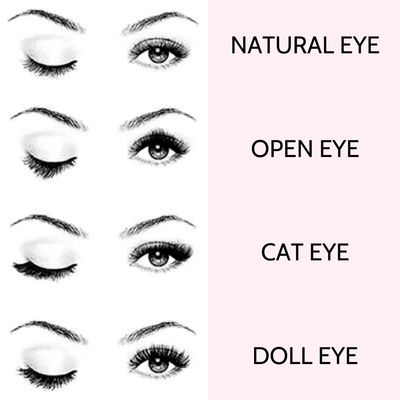
Rhinoplasty prices can vary depending on many factors. In this article, you'll learn about variations in the procedure's cost, how to determine your insurance coverage, and what you can expect to pay for your rhinoplasty. When comparing the costs of rhinoplasty among different hospitals and surgeons, there are some things you should keep in mind. You should also consider the experience of your surgeon. The following tips can help you understand the reasons rhinoplasty is so costly and how much it will cost.
Cost of a rhinoplasty depends on where you live
The cost of a procedure to reshape your rhinestones varies depending on who you choose, where you live and what you want. The fees of a surgeon can vary as can post-operative treatment. It is important to not base your decision on price alone. Make sure you ask to see pictures of their patients before and after surgery. Also, make sure you check for board certifications and fellowships.

While most insurance policies cover rhinoplasty procedures, it is important to check your insurance policy to make sure you'll be covered. You may not have a highdeductible but it is important to ask about your coverage prior to booking an appointment. Ask about financing options if you don't have cash. Most surgeons offer some type of financing plan, allowing you to pay a small down payment and the rest in installments.
Variations in rhinoplasty costs
While the costs of rhinoplasty vary widely across the country, one factor that plays a large role is the location of the doctor. Around 78 percent are performed on the coast. This means that the cost of plastic surgery in coastal locations tends be higher. In addition to geographic factors, the price of rhinoplasty will be influenced by the surgeon's hourly rate and business expenses.
After rhinoplasty, patients should expect some swelling and bruising to the nose. The recovery period isn't very long but patients should be careful not to do strenuous activity for several weeks. Bruising may occur under the eyes or on the nose. These are temporary and should go away in a few more weeks. To reduce swelling, patients need to sleep with their heads raised. The nasal packing and splint can be removed after four to seven days.
Insurance coverage for Rhinoplasty
Insurance coverage for rhinoplasty depends on the policy and insurer. You should research the details of your insurance policy before you make a request for treatment. Many insurers won't cover surgical procedures that are medically necessary. Patients who have breathing problems and need to fix them can opt for functional rhinoplasty. This surgery can be used to fix a broken nose, for example. However, the surgery may be covered by your health insurance if you are suffering from sleep apnea or other breathing issues.

You will not be reimbursed by Medicare or your private health insurance for cosmetic procedures. Functional rhinoplasty can be covered by private health insurance if it's part a high-deductible policy. HSA members use money from their pretax health savings accounts to pay for eligible medical services. If your policy covers cosmetic surgery, your insurance may cover the cost associated with rhinoplasty. If you aren't sure, speak to your provider of health insurance and clarify whether you qualify for any special plans.